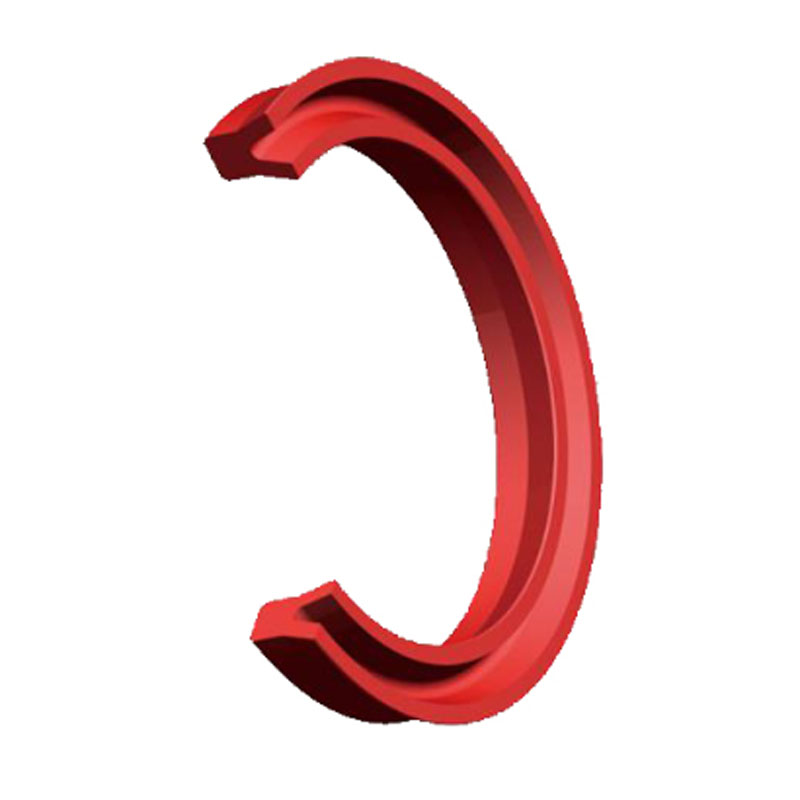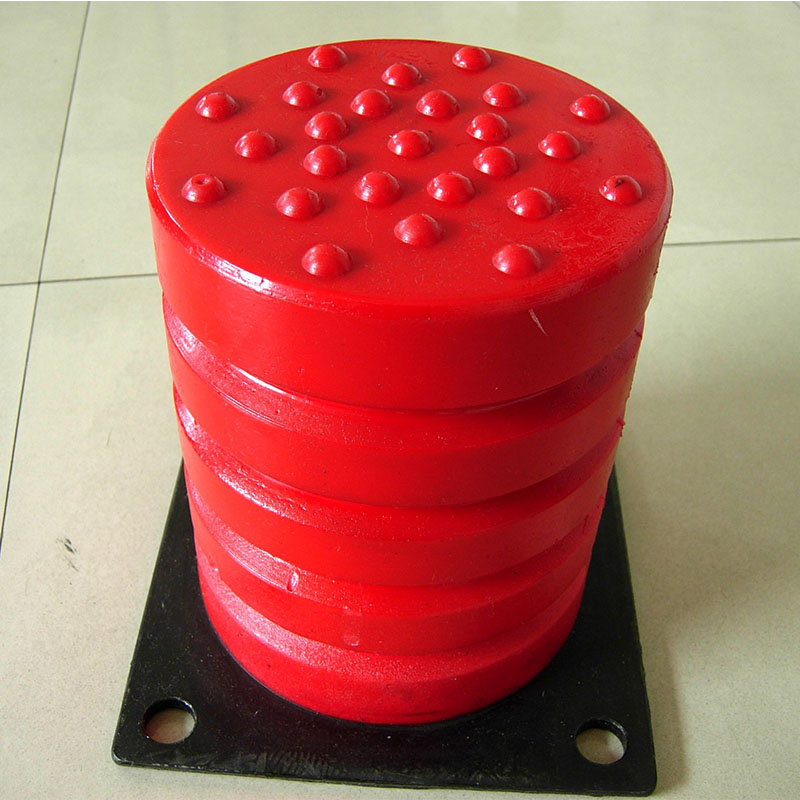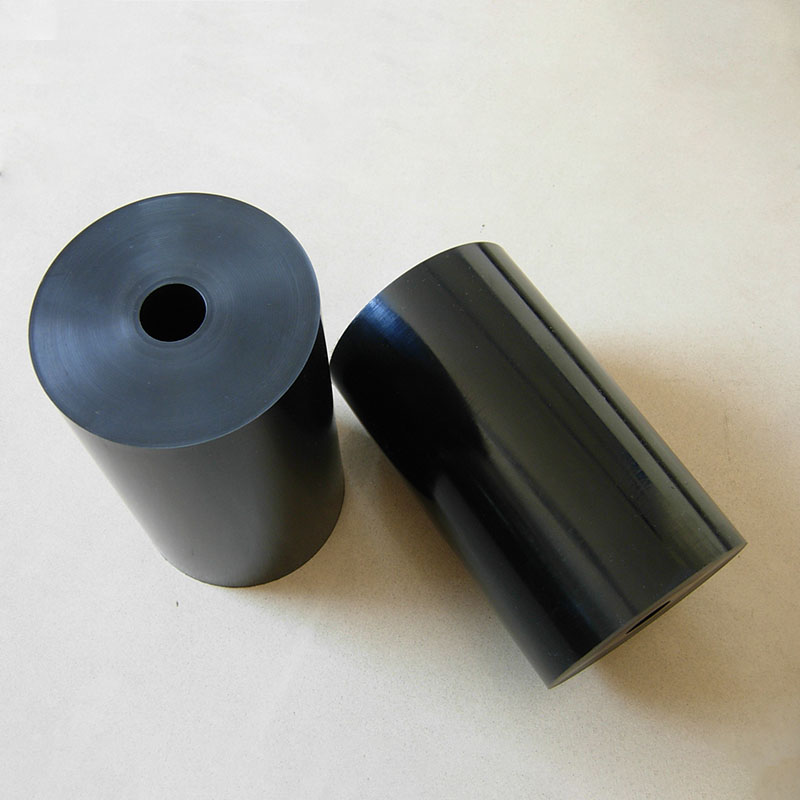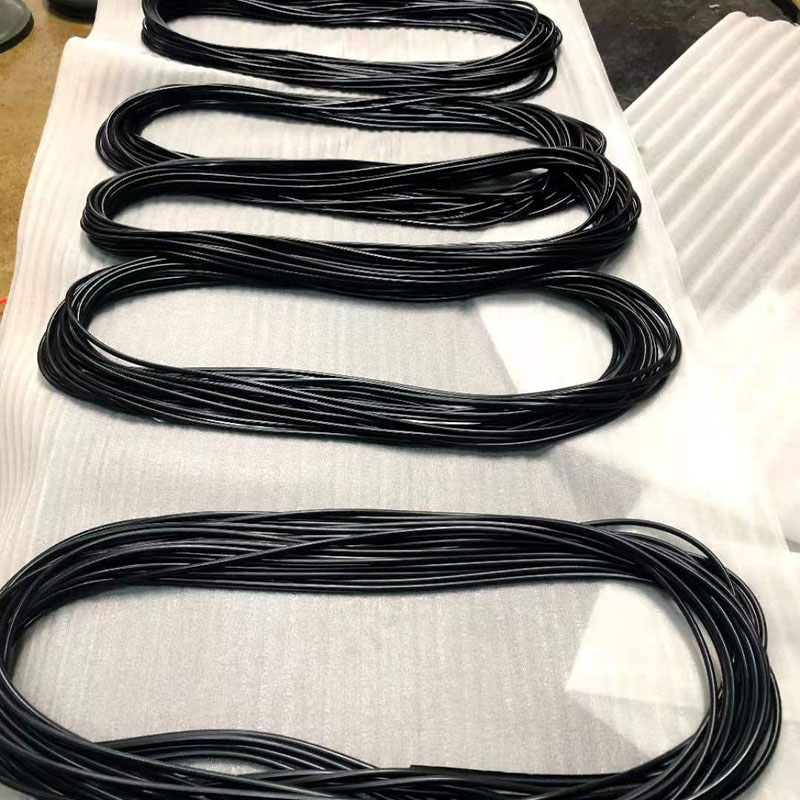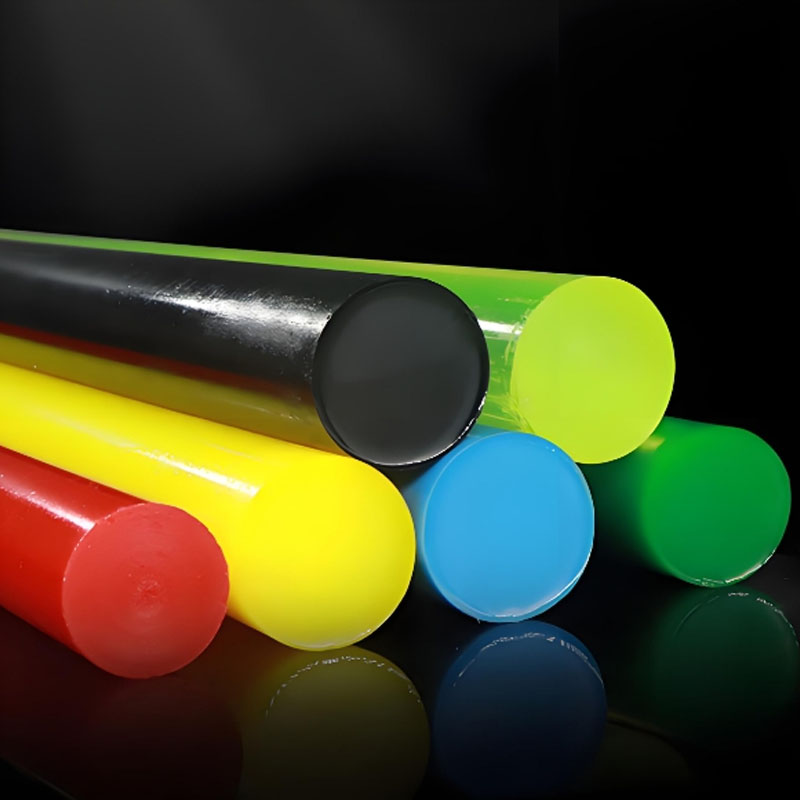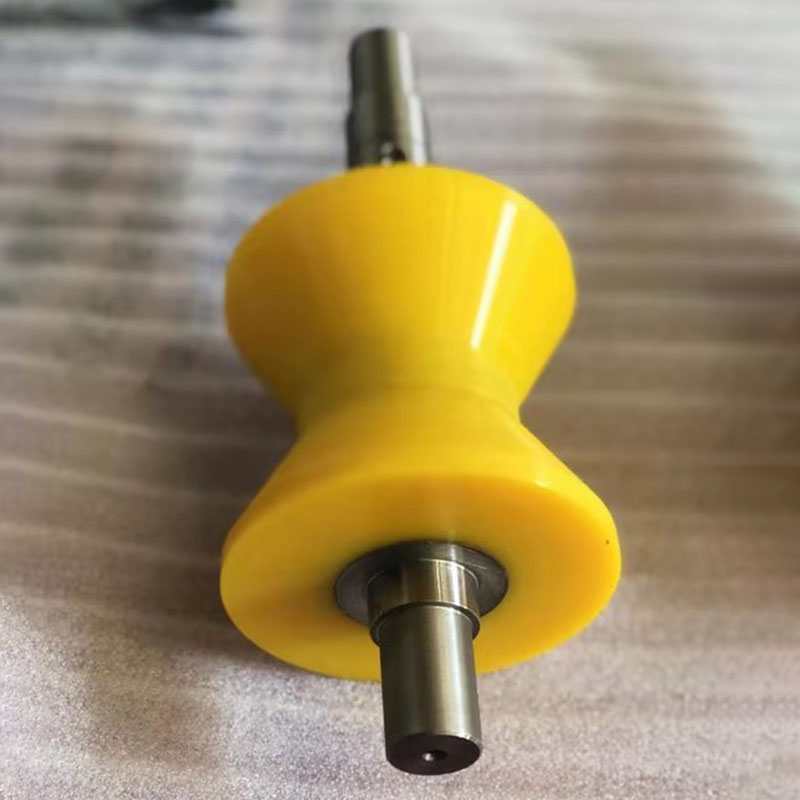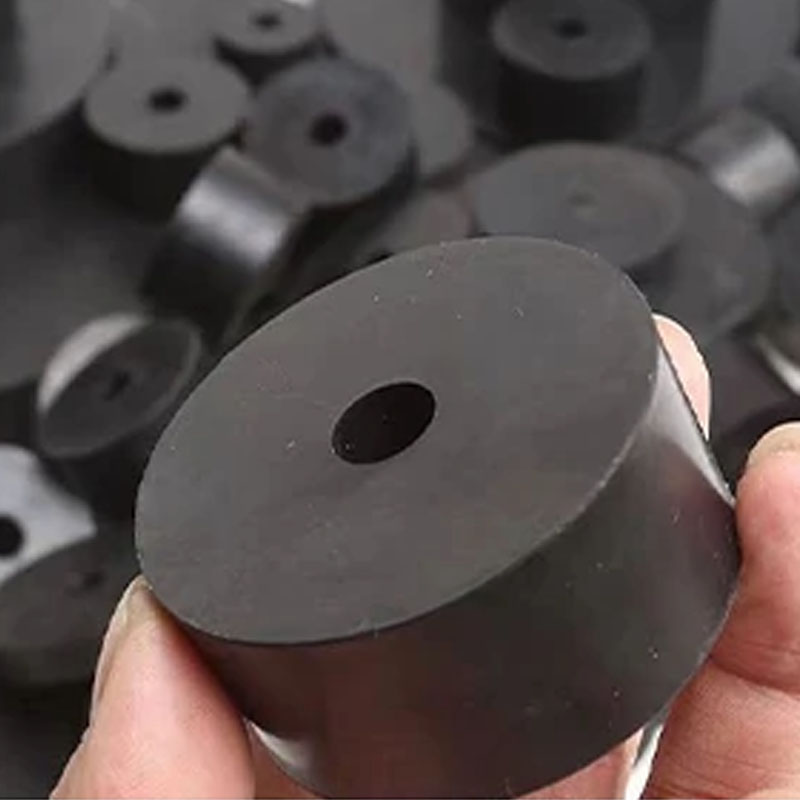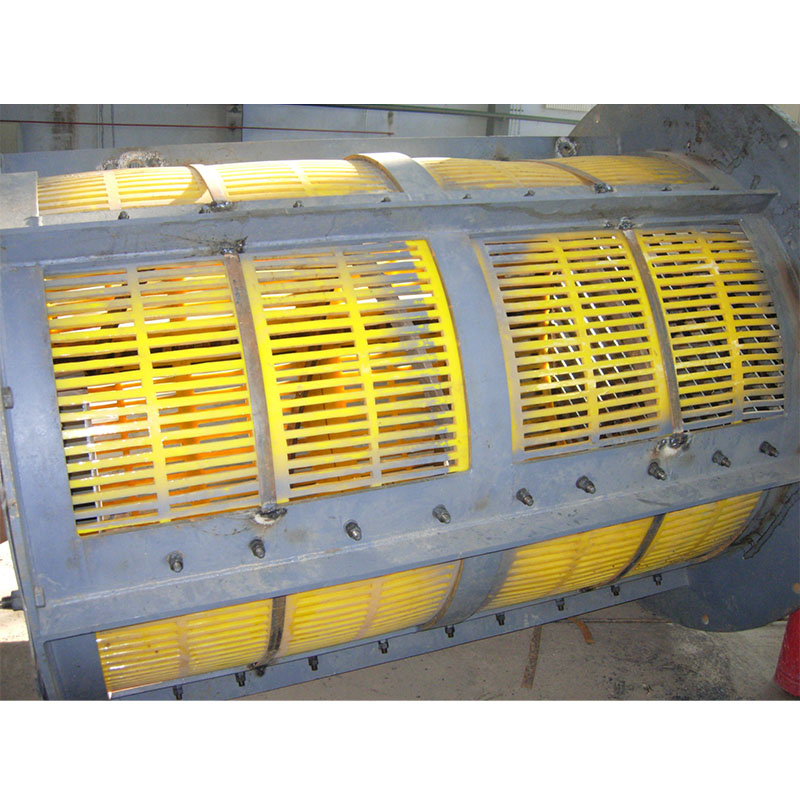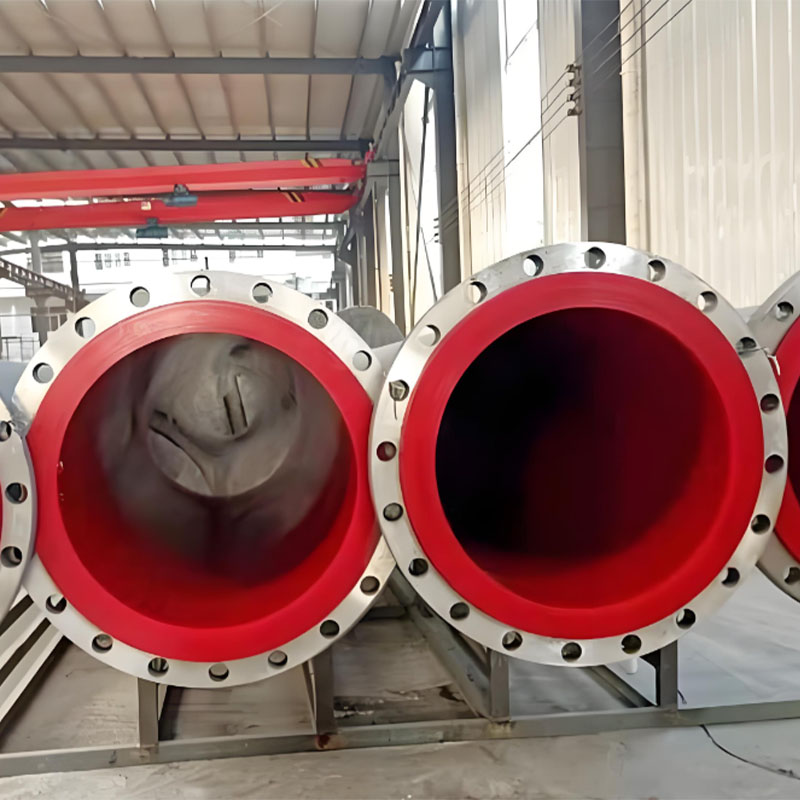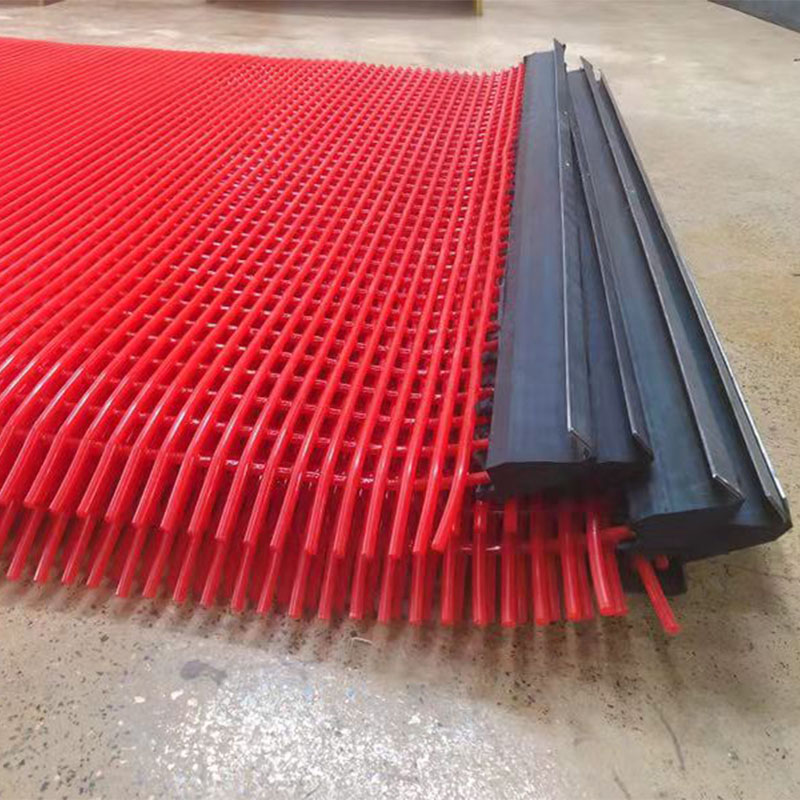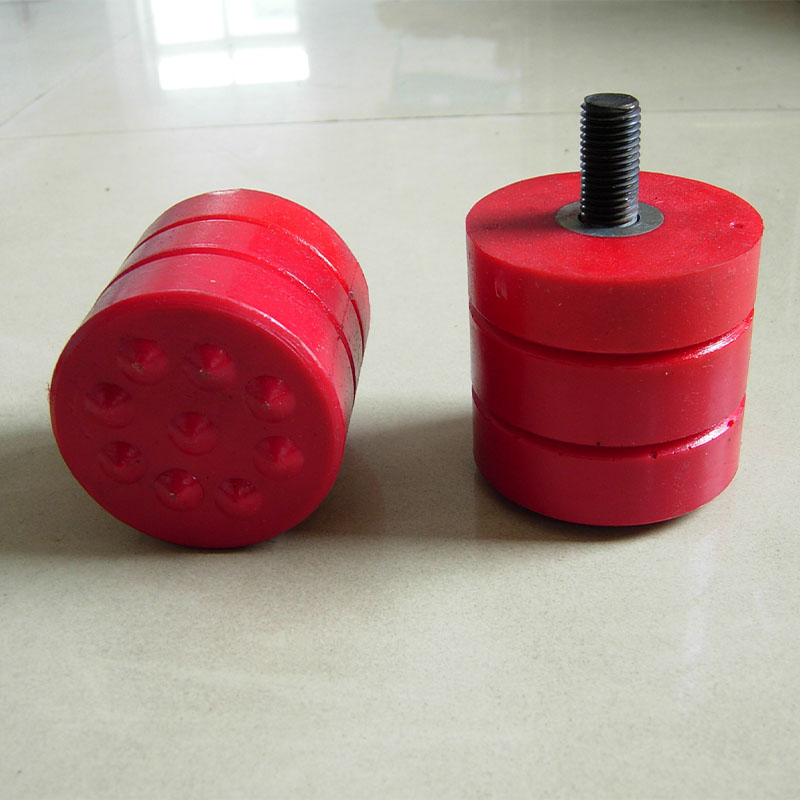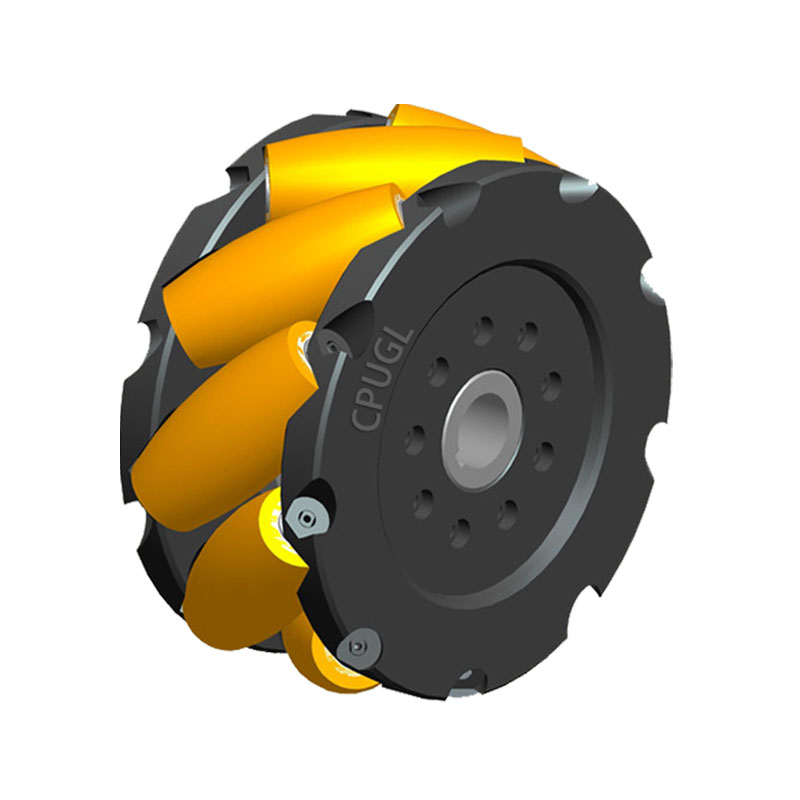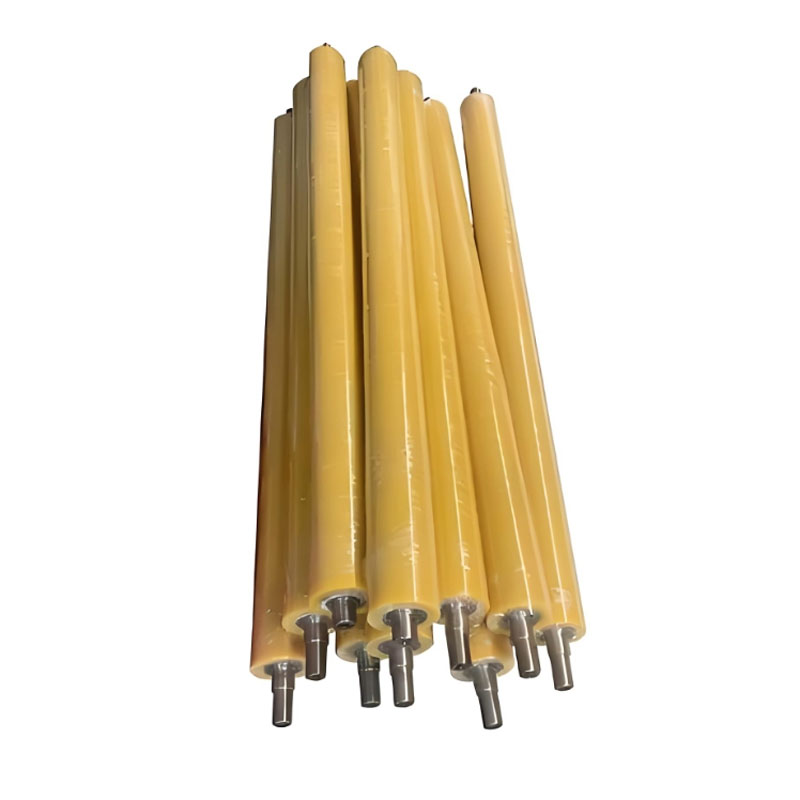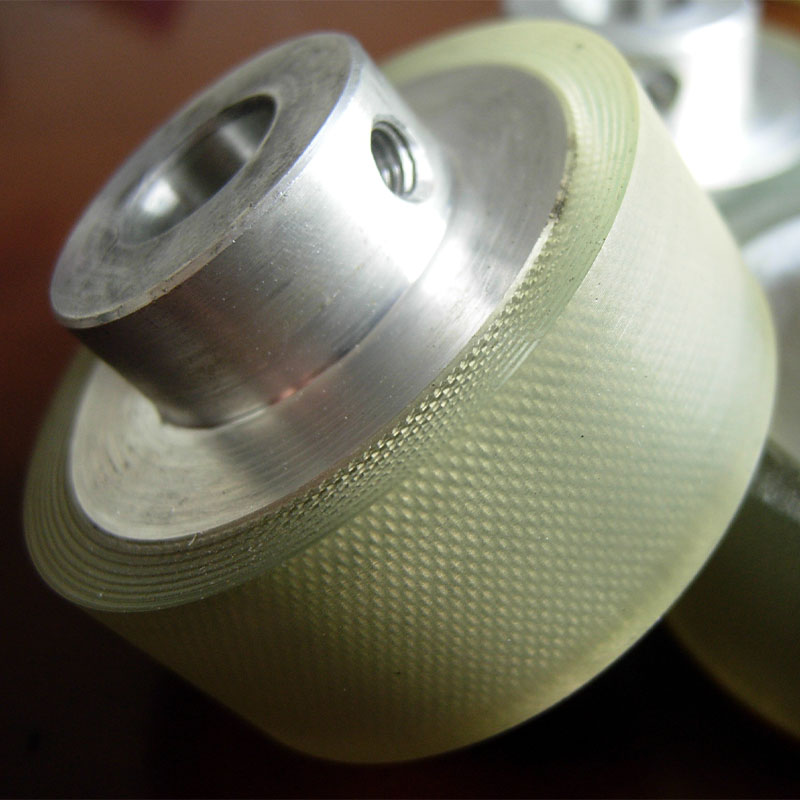
Equipment buffers
Equipment buffers
In the world of complex technologies, where machines perform more and more tasks for us, irreplaceable assistants - buffers often work imperceptibly. Imagine a long line in the store. If buyers are not standing with a dense wall, and the stream was evenly distributed, then cashiers cope with their duties without problems. But if the whole queue falls right away, cashiers may not have time. Equipment buffer is, in fact, the same stream separator that helps to avoid overloading devices.
What are buffers and why are they needed?
Boofers are intermediate data storages, information or tasks. They work as peculiar storage facilities at the entrance and output, allowing devices to work in their rhythm without overloading. For example, when you print the document, the information is not sent immediately to the printer. She fits in the print buffer, and the printer takes it a little when he has free time. This prevents delays and allows the device to work smoothly and stably.
Types of buffers and their use in equipment.
Boofers are used in a huge number of devices - from printers and computers to complex control systems in cars and aircraft. In hard drives, they provide storage of information transmitted from the processor to memory, and network devices use buffers for temporary storage of data while they are transmitted from one device to another.
Advantages of using buffers.
The use of buffers provides:
Stability of work: due to the distribution of data flow, buffers help prevent overload and freezing of devices.
Increased performance: devices work more efficiently because they can process data without excessive pauses.
Improving interaction: separating the flow of data between different components allows them to interact more smoothly and coordinated.
As a result, the buffers are inconspicuous, but very important assistants in the operation of equipment that allow us to use machines and technologies without problems and delays.
AppropriateProducts
Corresponding products
The best soldproducts
The best -selling productsConnectedsearch
Related search- Polyurethane partition in China
- The main suppliers of sealing rings 1 from China
- pipe
- pulley of a big supplier
- Chinese manufacturers of erasing wheels
- Prices for drive pulleys in China
- pulley
- The price of polyurethane rods in China
- Ring of round section 3 factories in China
- Chinese factories for the production of sealing tape for the toilet




